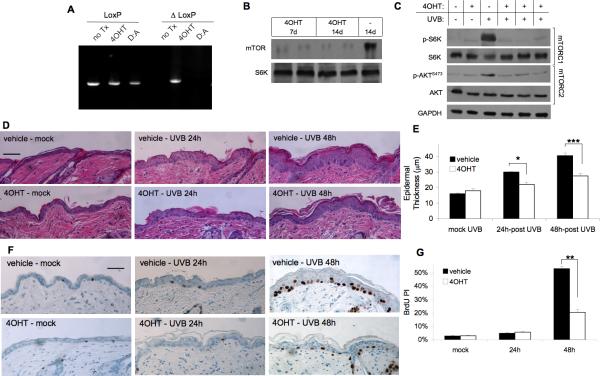Figure 3. Induction of mTOR deletion in mouse epidermis suppresses UVB-stimulated epidermal proliferation.
K5-CreERT2;mTORfl/fl mice at 7-weeks of age were treated topically with 4OHT (1mg) or vehicle (D:A) daily for 5 days. A, PCR analysis of epidermal DNA harvested 14 d after final 4OHT treatment. ΔLoxP denotes primers specific to the recombined mTOR allele. B, Immunoblot analysis of mTOR in epidermal extracts harvested at 7 d or 14 d after final 4OHT treatment. C, Immunoblot analysis of mTORC1 and mTORC2 activation markers in whole-skin extracts harvested 6h following UVB (120mJ/cm2) radiation exposure. AC data are representative of 2-3 independent experiments. D, Representative H&E images of skin sections (scale bar = 50μm). E, Quantification of epidermal thickness (mean ± SEM) for 3-4 mice/group; * p < 0.05, *** p < 0.005. F, Representative BrdU staining images (scale bar = 50μm). G, Quantification of BrdU Proliferation Index (PI) (mean ± SEM) for 3-4 mice/group; ** p < 0.01.

